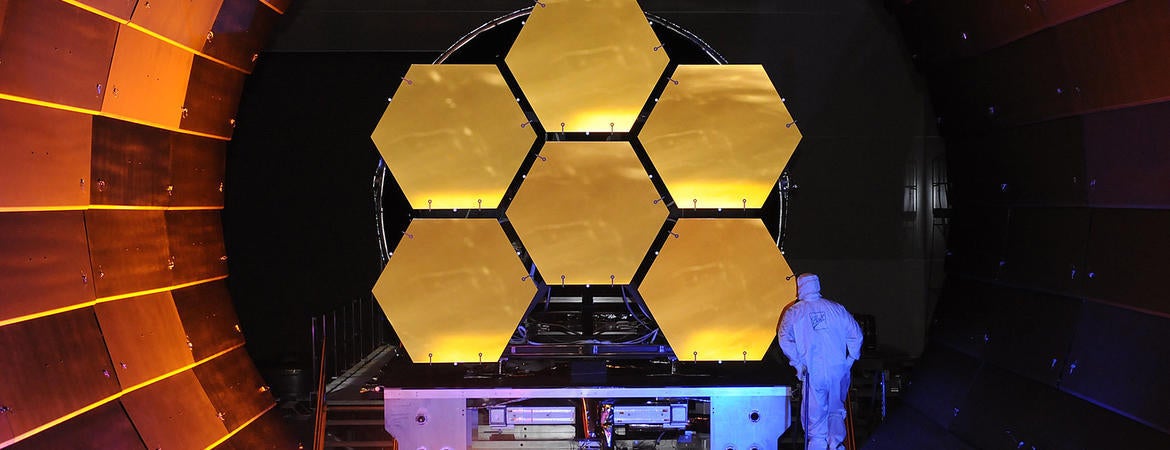
The James Webb Space Telescope, the most complex and expensive space laboratory ever created, is less than two weeks away from its ultimate destination a million miles from Earth. Once it arrives, it will send information about parts of space and time never seen before. It will also send previously unattainable information about parts of our own solar system.
UC Riverside astrophysicist Stephen Kane’s group will be using the telescope to look for planets like Venus in other parts of the galaxy. In addition to work with the Webb mission, Kane is also joining NASA on missions to Venus expected to launch after 2028. Here, he breaks down some unique aspects of the Webb, explains how the separate Venus projects intersect, and how both might benefit Earth.